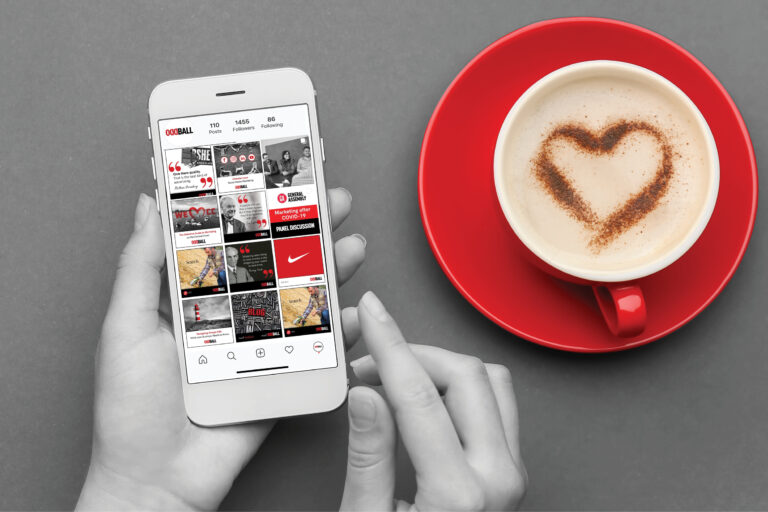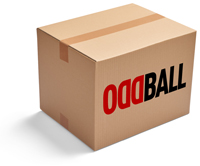In this digital era – where consumers are hit with anywhere from 4000-10000 ads every day – businesses are constantly having to come up with fresh marketing strategies to try and shift the needle.
Gamification is one such strategy. It involves utilising game-like features to generate more customer engagement.
So what does gamification actually achieve, and is there an evil aspect to it?
What is Gamification?
Gamification marketing strategy is an elaborate attempt to merge a company’s marketing objective, with game-like experiences. In other words, it’s making a game out of something for your customers.
If a company’s strategic objective is to increase sales, a gamification strategy might involve giving customers the chance to win free products.
In this example, the chance of winning inadvertently encourages people to spend more money chasing that win.
Why Utilise Gamification?
Two major reasons why companies implement a gamification marketing strategy is to drive sales, and increase customer engagement. By creating a fun or addictive experience for customers, your brand can appeal to a wider range of consumers.
Other benefits of a successful gamification strategy include creating fun experiences, inciting a positive association between the consumer and company, increasing brand awareness, and improving customer loyalty.
With all these benefits, how can something so great, go so horribly wrong?
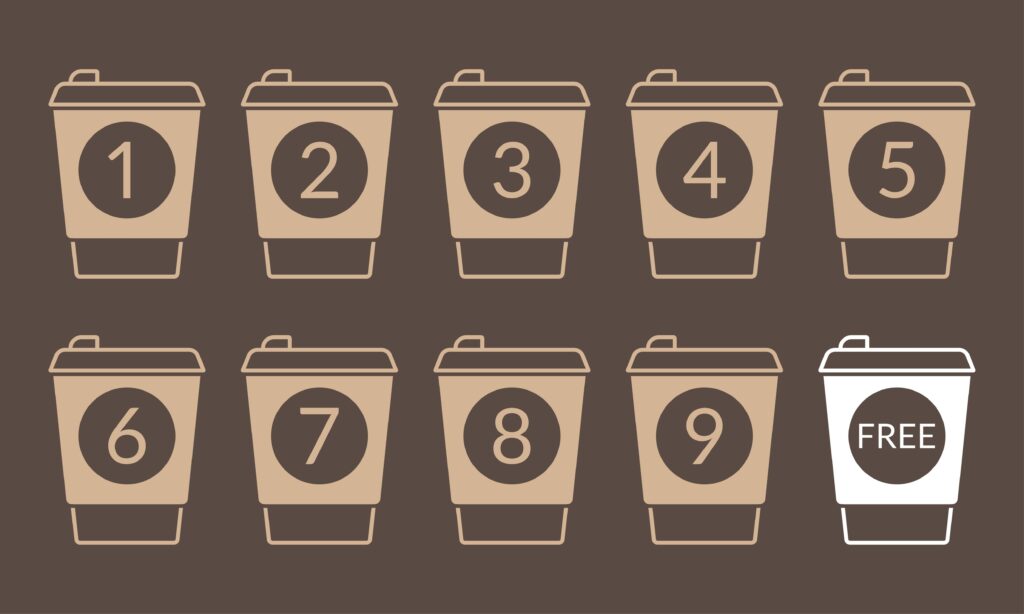
When Gamification Fails
Starting off on the more innocent side of gamification fails is Zappos, the shoe and clothing retailer that was snapped up by Amazon in 2009.
Zappos’ intention was to boost customer morale and pride by rewarding customers that had a profile with badges, levels, and points. The problem? No one knew how to get them, what they meant, and what their value was.
If you want customers to be motivated by awards, they need to know why they should want them.

Sliding further down the unethical pole is Commonwealth Bank of Australia’s Dollarmites program. What initially seems a proactive attempt to improve financial literacy at a young age, quickly becomes a mega-corporation feeding off children.
It’s reported that the dollarmites campaign is worth $10 billion to Commonwealth Bank. The gamification aspect involves encouraging children to continue depositing money in their savings account, and in return receiving tokens, which can be used to redeem a reward.
Whilst Queensland, Victoria, and ACT have removed the Commonwealth Bank’s marketing initiative from the classroom, there’s still work to be done to remove this gamification from the rest of Australia.
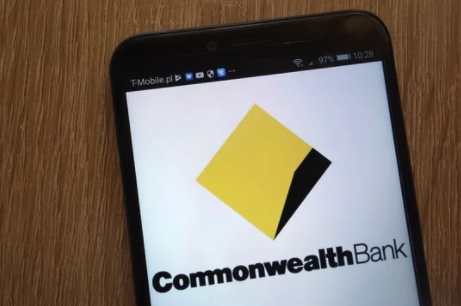
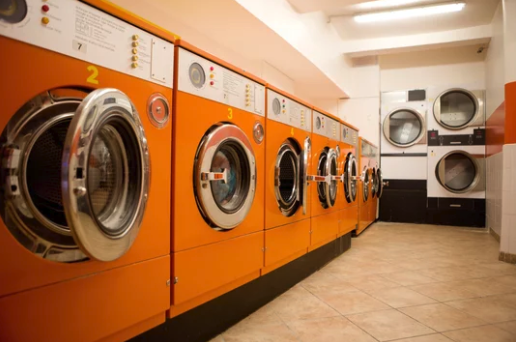
Perhaps as low as it gets for gamification is Disney’s internal competition for hotel laundry workers. The game involved tracking employee efficiency, with the fastest and best laundry workers earning high efficiency percentage scores.
These scores were displayed to all the workers, with top performers highlighted in green, while underperformers were in red.
It fostered an over-competitive workplace, with people skipping bathroom breaks to avoid questioning from their supervisor. The electronic whip thankfully didn’t last long.
Positive Gamification Examples
Perhaps the most well-known example of gamification is McDonald’s Monopoly initiative. Monopoly peel-off tags are put on selected products, with consumers having a 1-in-5 chance of winning.
This strategy was implemented back in 1987, and has been a recurring promotion just about every year.
This form of gamification by the fast-food giant is an example of attempting to increase sales. By providing a chance of winning free food or products, people are more willing to pick McDonald’s when considering where to eat.
There’s also the added benefit of upselling when people try to claim their free food.
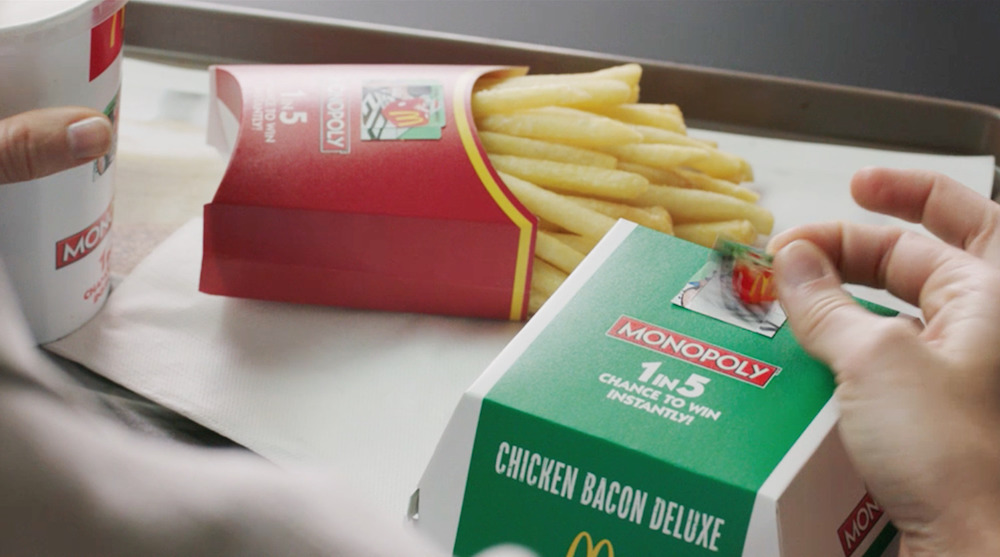
Another fantastic gamification strategy in action is Duolingo – the free language learning platform.
The entire platform is essentially a game. People earn XP (experience points) from completing lessons, and there is a daily streak which users have to work to maintain.
Strong performers with high XP earn lingots – Duolingo’s virtual currency – which can buy your avatar new clothes, or unlock more lessons.
They even email fun reminders to encourage people to maintain their streaks, and continue earning XP. How’s that for making learning fun?
Putting Down The Controller For Our Gamification Marketing Strategy Review
There’s a lot to consider for gamification. This marketing strategy can easily go wrong if serious consideration isn’t applied when discussing strategy and goals. However, with what Duolingo and McDonald’s are doing, there are real benefits associated with it too, if you can get it right.
If you’re thinking about applying gamification, or any other marketing strategy to your business, but need help, contact Oddball Marketing to get the ball rolling for your marketing strategy.





